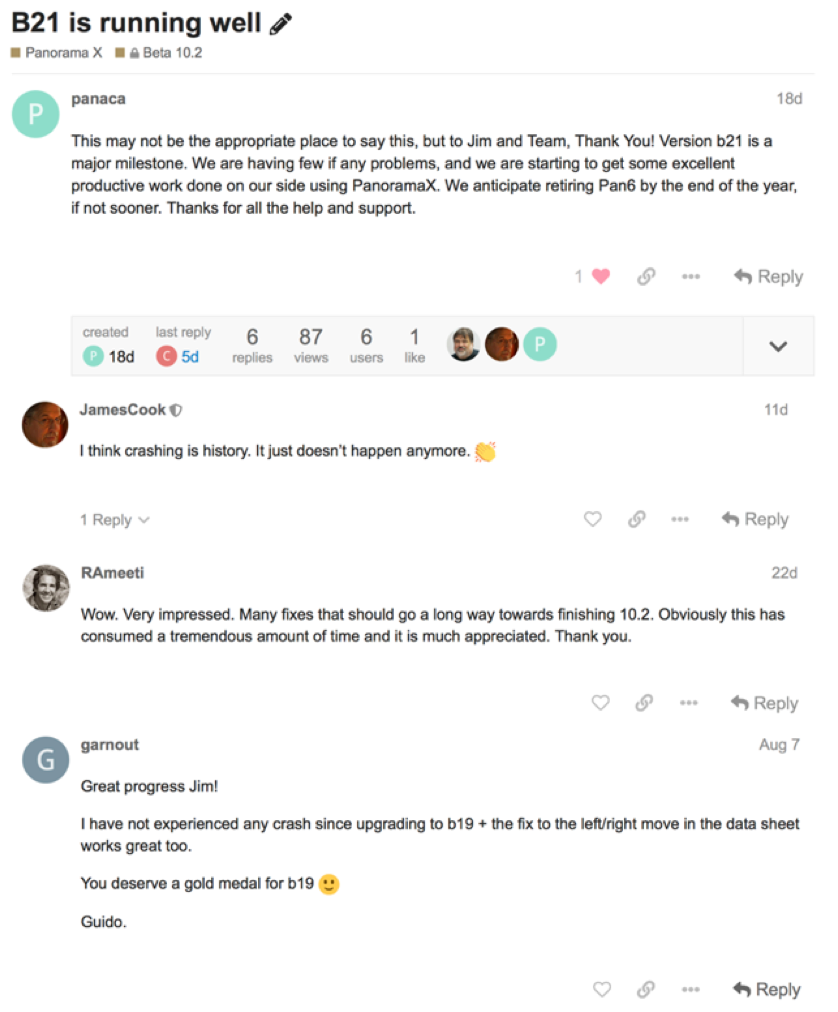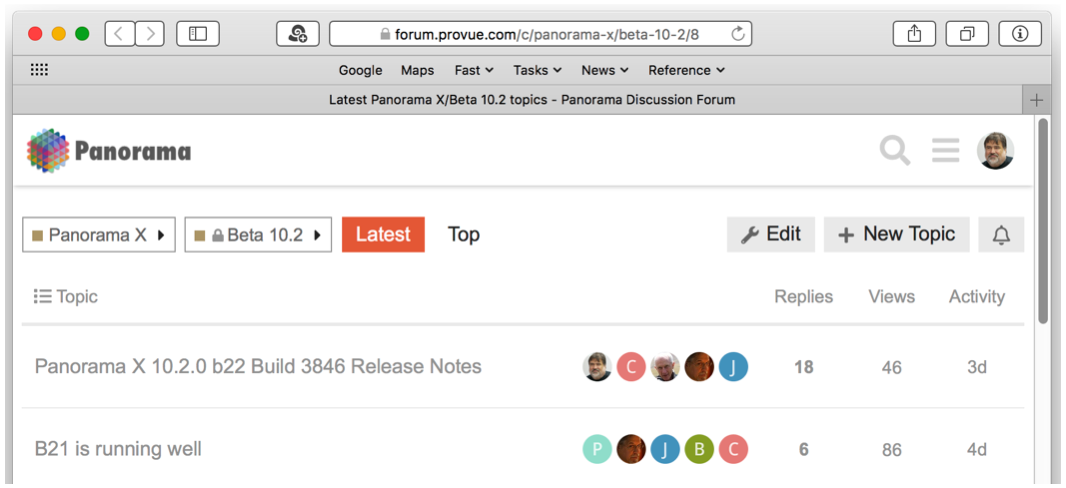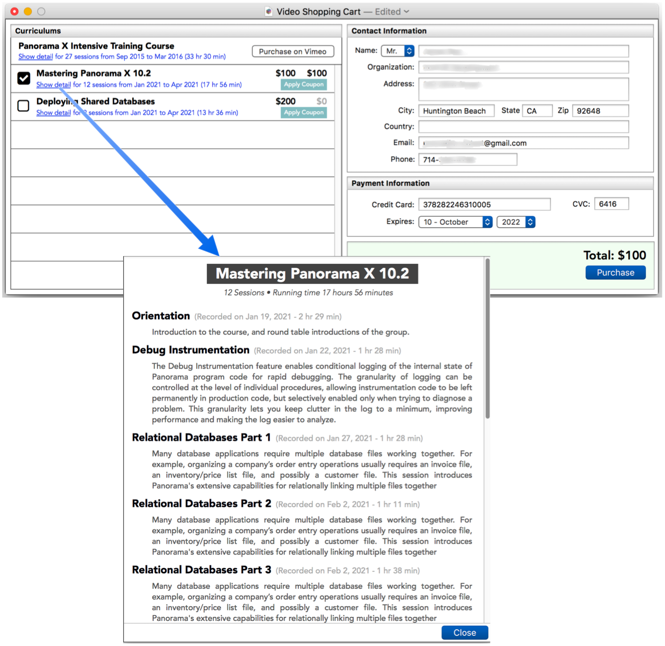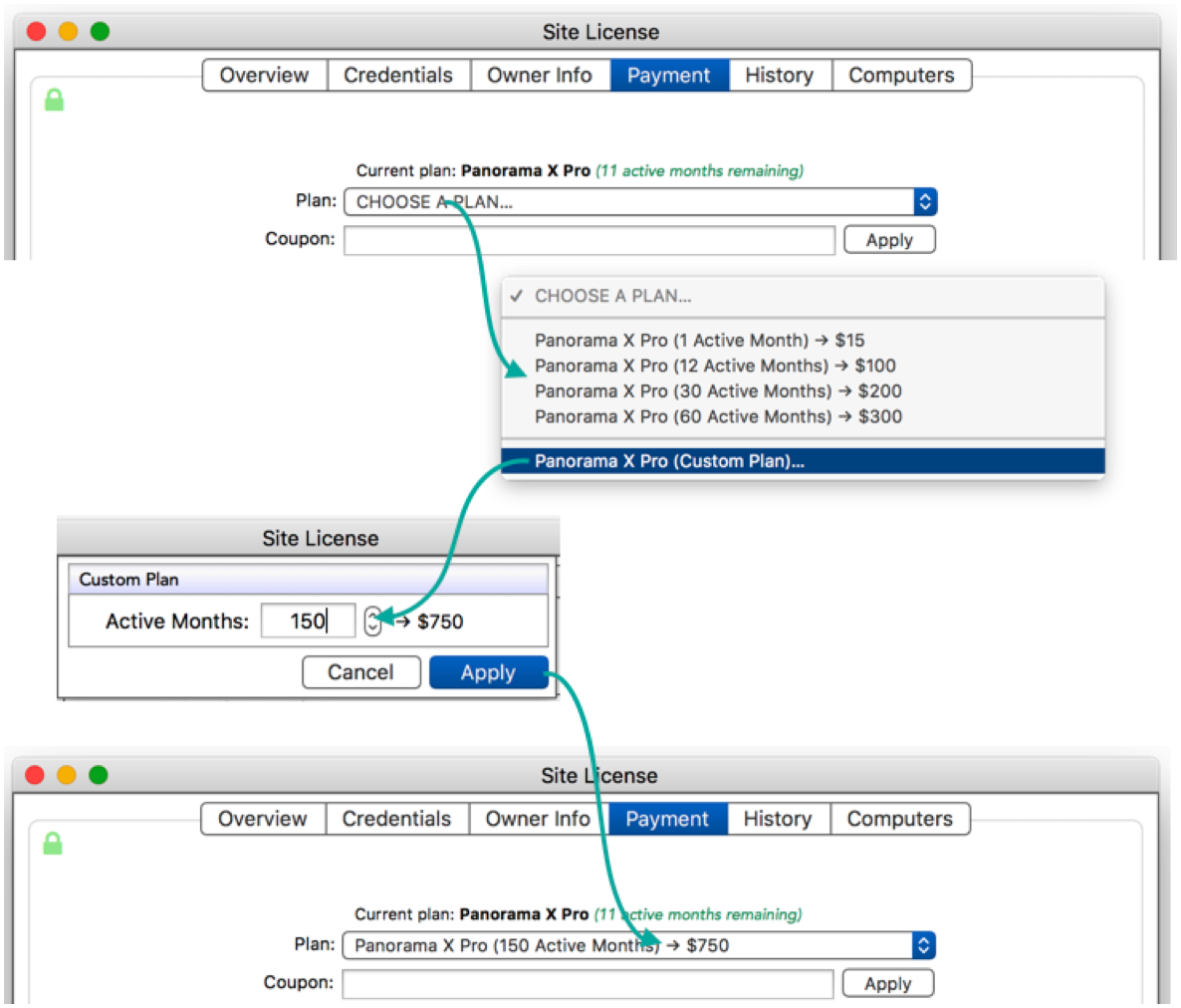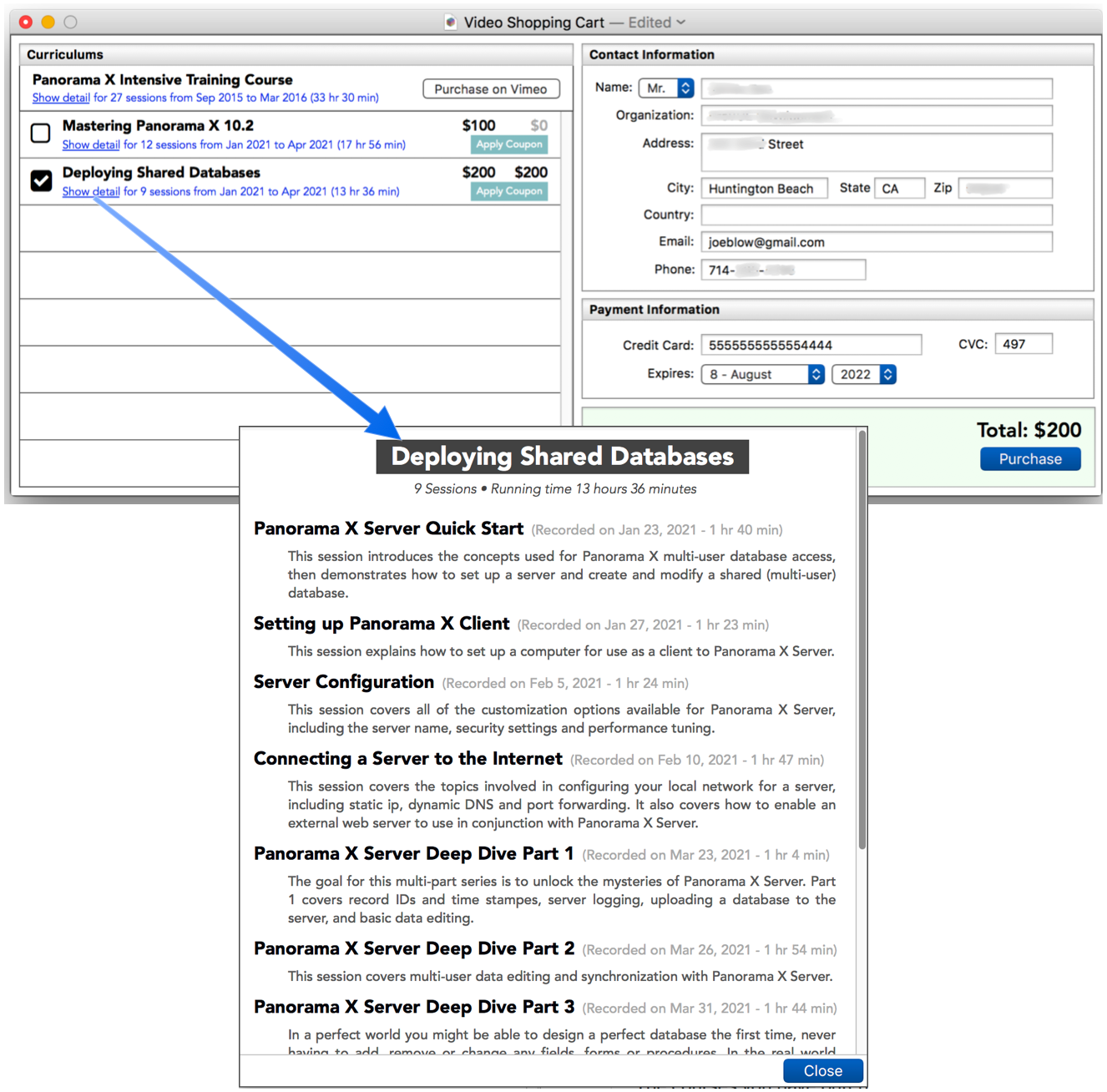To: All Panorama Users
Date: October 15, 2021 (Revised June 27, 2022)
Subject: Panorama X 10.2 Public Beta Release
Over the past 3 years Panorama X 10.2 has gone through a long gestation process -- 22 beta releases, over 80 beta testers, over 100 new features, over a thousand pages of new documentation, and over 200 bug fixes (including many crashing bugs). We've now reached a major milestone - the release of a public beta version. We're calling this new version Panorama X 10.2 Denali.
Releasing a public beta is something new in the 35 year history of Panorama - we've never done this before. We're doing it now because of Apple's transition from Intel to M1 processor chips. The Intel version of Panorama X 10.2 is complete and ready to go, all that's left is to do is the conversion to M1 native code, final bug fixes, updating the web site and writing the press release. There are so many huge benefits to Panorama X 10.2 that we realized there was no valid reason to make you wait for the M1 conversion - you should be able to start taking advantage of Denali immediately. Denali runs great on all types of Mac computers, whether you're using an Intel or an M1 processor (the M1 native version of Panorama X is up to 6 times faster!). Even though this release is labeled a "beta", I urge all Panorama users to upgrade immediately for the improved reliability even if you're not interested in any of the new features. You can always go back if you regret it (but you won't regret it).
Of course there's no extra charge when you upgrade to Panorama X 10.2. All upgrades are included in your existing account plan (there are, however, extra charges for Panorama X Server). You can simply download and start using it right away - and it's 100% compatible with your existing Panorama X databases. (Note: If you don't have a Panorama X account yet, the Denali public beta version also works with the Panorama X 7-day free trial.)
In closing, I would like to thank the many beta testers that provided support and feedback during this project. Without you this milestone would not have been achieved. Dozens of you have been helpful, but I would like to particularly thank Thomas Cooper, David Thompson, Eric Bolden, Chris Griffin, James Cook, Gary Yonaites, Kurt Meyer and Mark de Jong. And I'd also like to thank the academy, oh wait, wrong speech.
Sincerely,

Jim Rea
Founder, ProVUE Development
P.S. I'm sure you may have many additional questions about Panorama X 10.2, so we've compiled a list of Frequently Asked Questions on this page. If you can't find the answer to your question there, please visit the special 10.2 section of the Panorama Discussion Forum. If you're interested in a comprehensive video training course to learn Panorama X 10.2, see Is there a training course to help me learn Panorama X 10.2? On the other hand, if you just want to get started right away, you can jump straight to the Panorama X 10.2 Installation Instructions.

What's New in Panorama X 10.2?
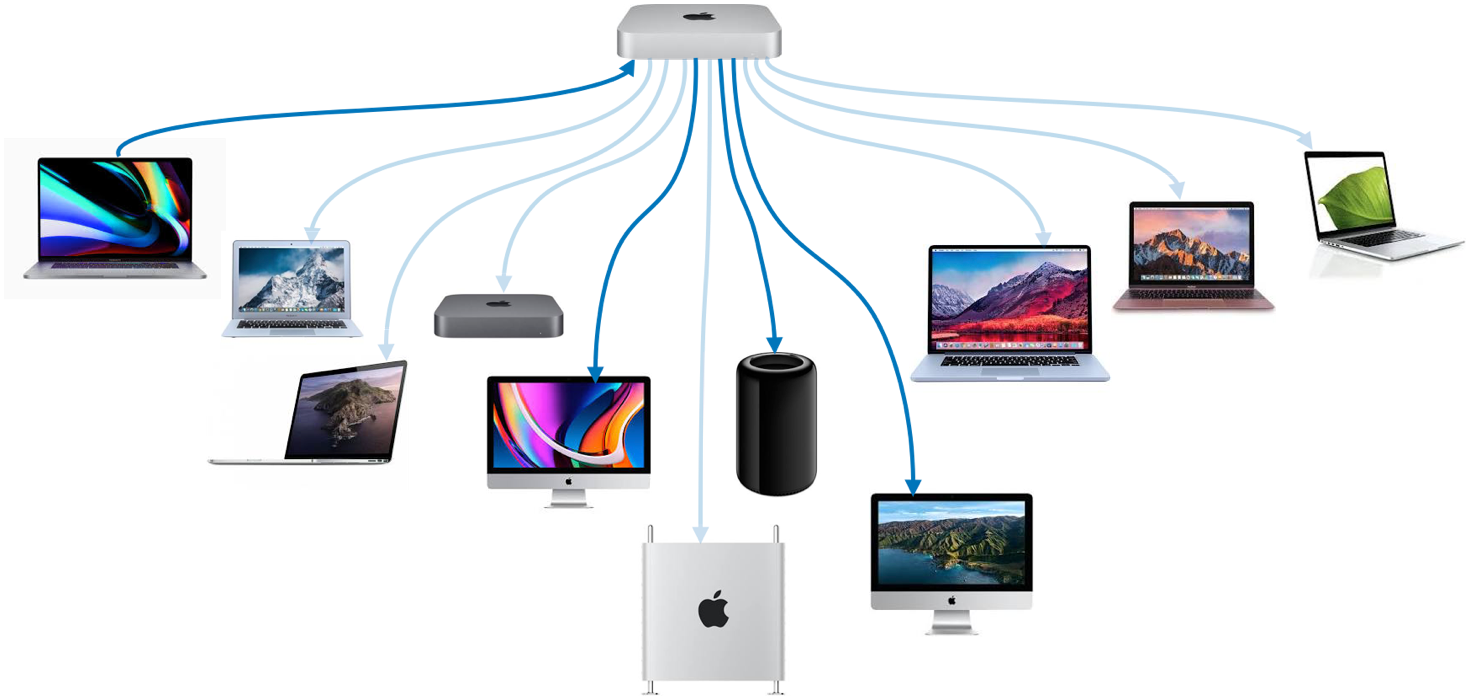
Panorama X 10.2 introduces two blockbuster features: multi-user database sharing and first class relational database management. I've been hearing from many of you in organizations and groups that have been waiting on pins and needles for Panorama X Server so that you can unleash the power of Panorama X in your team's environment. Panorama X Server is designed from the ground up to coordinate database access across multiple simultaneous users. Whether you have two, five, or dozens of users, the server keeps everything organized so that users can modify data without interfering with each other, and everyone has the most up-to-date data at their fingertips when they need it. Panorama X Server is the key to unlocking the power of Panorama for multi-user teams of any size. If you've been using Panorama 6 Server you'll find that the new server is much smoother, faster, easier to use and much easier to deploy than ever before.
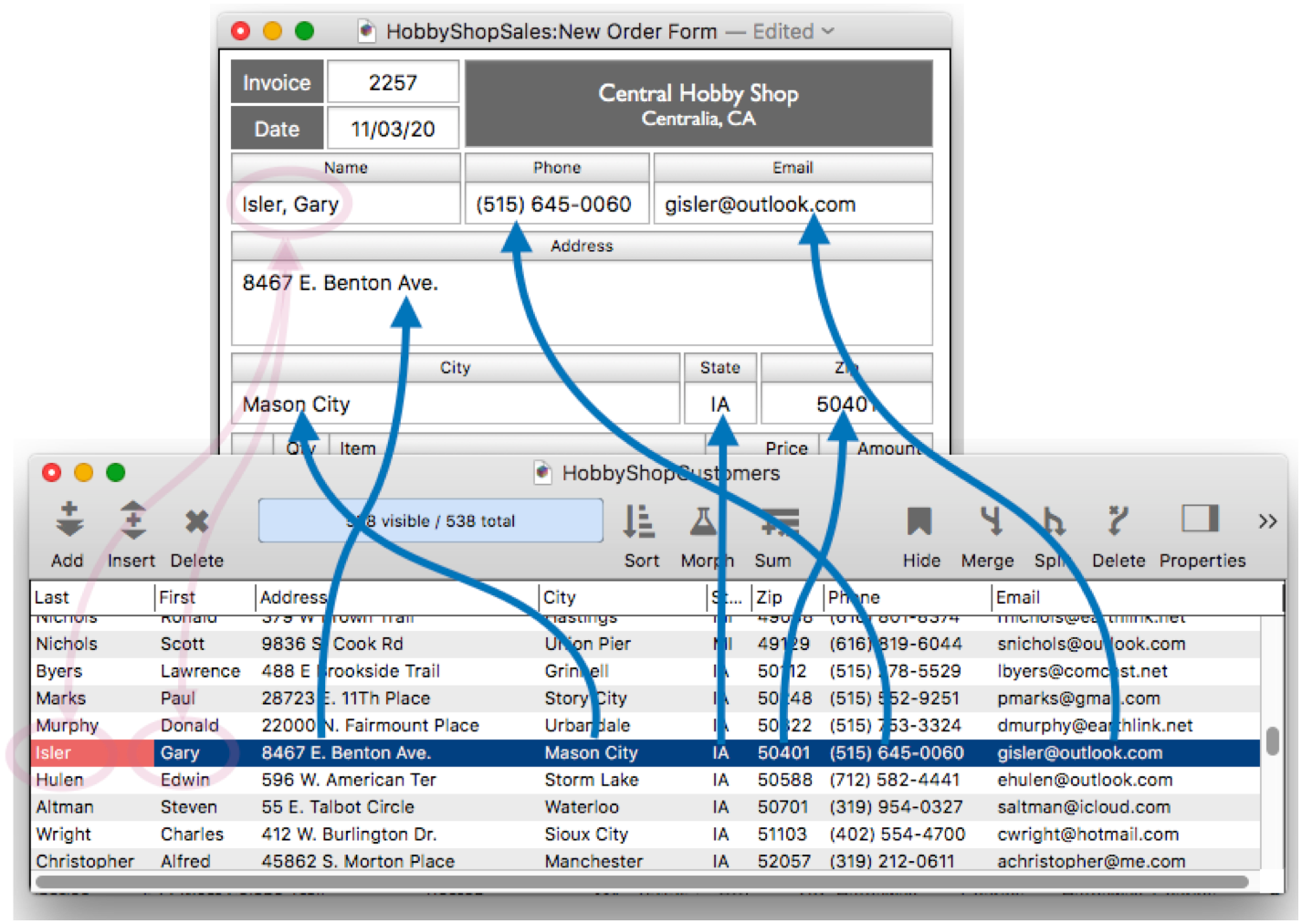
The 10.2 release also introduces a completely new approach to working with multiple interconnected databases. Instead of using obscure lookup formulas, you can now manage relationships with a comprehensive, flexible and easy to use visual dialog panel. Once a relationship has been established between two databases, you can use that relationship to quickly select data that corresponds to the current database, to display related information in a form or report, to accelerate data entry of related information (including cross-database Clairvoyance™), to post updated data to a related database, and to perform super fast full joins between two databases (including inner and outer joins).
The new server and relational features are just the tip of the iceberg. Panorama X 10.2 includes over 100 new features and over 200 bug fixes (and that's counting Panorama X Server as one feature!). For complete details on all of the exciting new changes, see the Version 10.2 Release Notes documentation page. As you'll see, the complete release notes is over 50 pages long!
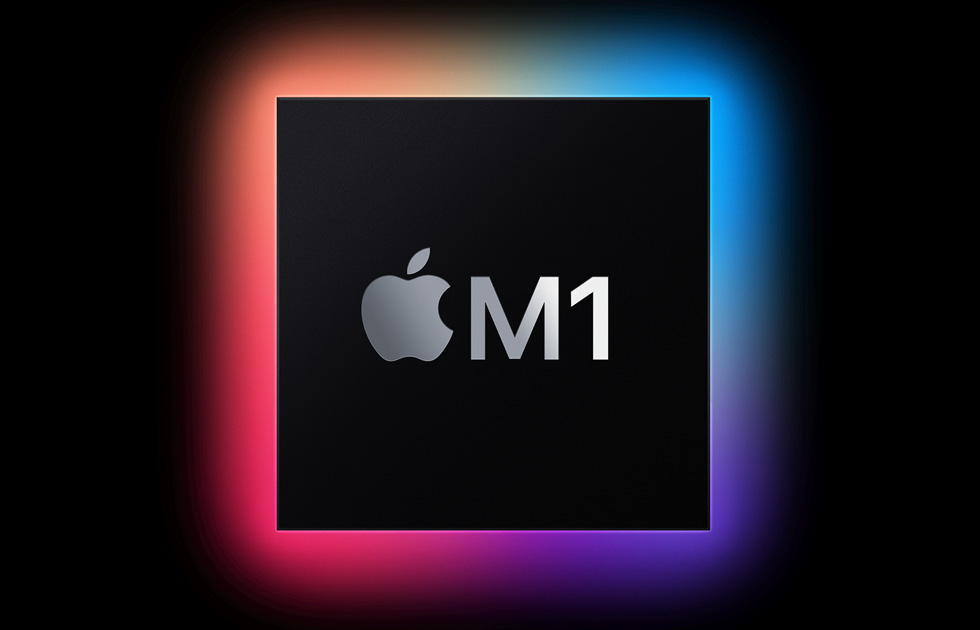 Yes, absolutely! As of June 2022, the public beta release of Panorama X 10.2 includes both Intel and Apple Silicon native code (universal binary), which runs well on computers with M1 and M2 processors (including Panorama X Server). The native Apple Silicon version is about 3 to 6 times faster than previous versions, depending on the task being performed.
Yes, absolutely! As of June 2022, the public beta release of Panorama X 10.2 includes both Intel and Apple Silicon native code (universal binary), which runs well on computers with M1 and M2 processors (including Panorama X Server). The native Apple Silicon version is about 3 to 6 times faster than previous versions, depending on the task being performed.